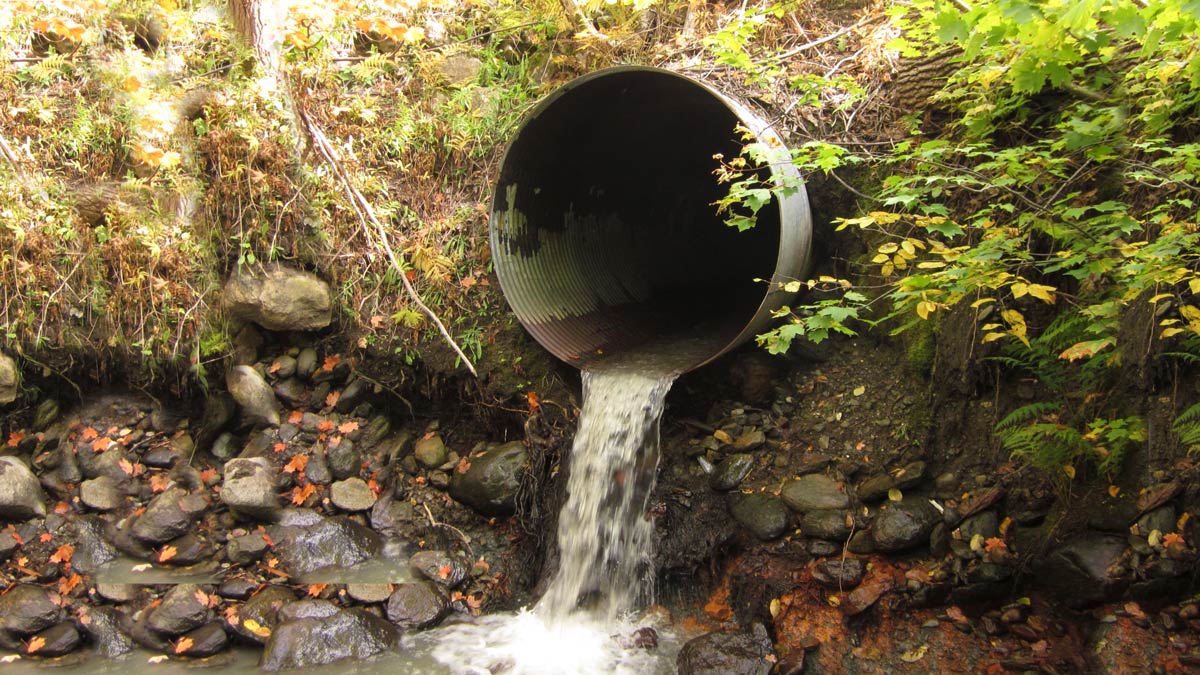BRIDGES AND CULVERTS

Without bridges and culverts, we wouldn’t be able to drive our vehicles back and forth along our roadways. But did you ever think that the water flowing under that bridge or through that culvert is also a travel-way for fish that need back and forth flow? The concern here isn’t with roadway runoff like the culverts under your rural driveway, but with culverts on natural flowing streams and creeks.
Many species of animals rely on waters that allow fish and other aquatic macrofauna to move freely up and down our streams and creeks. During dry periods of our streams and creeks, many fish and wildlife, some even at the microscopic level, often wash downstream or disappear. After the rains return and the water flows again, these critters that washed downstream will travel upstream to recolonize their former haunts. A bridge or culvert installed incorrectly that creates a drop-off or slight waterfall won’t allow these animals to swim back upstream to their former homes. For more info, see wdfw.wa.gov
When you or your local government officials are replacing that old bridge or culvert, insure that the stream can flow in both directions. When in doubt about installation, bury the culvert about 5% of its diameter to eliminate creating a drop-off. Also, divert your road drainage off before the crossing with wing or lead-off ditches so you don’t overload your culvert with more water than it can handle. This will also keep sediment from clogging our waters. It’s a win-win for your road and the critters you enjoy seeing from the road. Do it for the owls.Order your Owl Shack HERE
